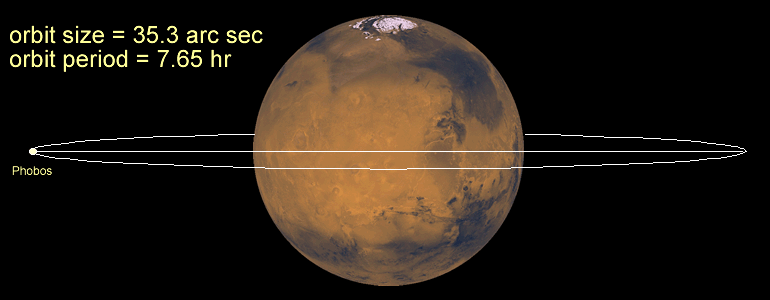

The crust seems to be split into two halves a north half and a south half. These rusted grains give Mars its red color. Mars's crust is composed of mostly rock silicates however, some grains of soil are made of iron. Mars's mantle is mostly molten rock silicates, possibly with some metallic oxides. It also makes Mars's surface gravity amazingly small because it is so light. Its composition makes Mars's magnetic field very weak. Given that any human astronauts traveling to Mars anytime soon will need to be wearing pressurized spacesuits with comms equipment, or living in pressurized habitat modules, this is unlikely to pose an immediate problem – but it could be a fun concept for science-fiction writers to tinker with.Mars's core is composed mostly of liquid iron-sulfide, and contains some nickel. This could lead to what the researchers call a "unique listening experience" on Mars, with higher-pitched sounds arriving sooner to the listener than lower ones. The result of this is that sound travels more than 10 meters per second faster at higher frequencies than it does at low ones. "Due to the unique properties of the carbon dioxide molecules at low pressure, Mars is the only terrestrial-planet atmosphere in the Solar System experiencing a change in speed of sound right in the middle of the audible bandwidth (20 Hertz to 20,000 Hertz)," the researchers write.Īt frequencies above 240 Hertz, the collision-activated vibrational modes of carbon dioxide molecules do not have enough time to relax, or return to their original state. However, the quirk of Mars' shifting soundscape is something completely out of the blue, with conditions on Mars leading to a quirk not seen anywhere else. The results back up predictions made using what we know of the Martian atmosphere, confirming that sounds propagate through the atmosphere near the surface at roughly 240 meters per second.

"Therefore, at any given wavelength it is convoluted by the variations of temperature and wind speed and direction along this path." "The speed of sound retrieved by this technique is computed over the entire acoustic propagation path, which goes from the ground to the height of the microphone," the researchers write in their conference paper. Chide and his team measured the time between the laser firing and the sound reaching the SuperCam microphone at 2.1 meters altitude, to measure the speed of sound at the surface. This came with an excellent benefit, as it turns out. The SuperCam microphone was included to record acoustic pressure fluctuations from the rover's laser-induced breakdown spectroscopy instrument as it ablates rock and soil samples at the Martian surface.

Fortunately, Perseverance has something unique: microphones that can allow us to hear the sounds of Mars, and a laser that can trigger a perfectly timed noise. That alone means that sound would propagate differently on the red planet.īut the layer of the atmosphere just above the surface, known as the Planetary Boundary Layer, has added complications: During the day, the warming of the surface generates convective updrafts that create strong turbulence.Ĭonventional instruments for testing surface thermal gradients are highly accurate, but can suffer from various interference effects. Mars' atmosphere is a lot more tenuous than Earth's, around 0.020 kg/m 3, compared to about 1.2 kg/m 3 for Earth. That's why sound travels about 343 meters (1,125 feet) per second in our atmosphere at 20 degrees Celsius, but also at 1,480 meters per second in water, and at 5,100 meters per second in steel. It can change, depending on the density and temperature of the medium through which it travels the denser the medium, the faster it goes. The speed of sound is not a universal constant. Not that we'd try, since Mars' atmosphere is unbreathable, but it's certainly fun to think about!įrom a science perspective, the findings, announced at the 53rd Lunar and Planetary Science Conference by planetary scientist Baptiste Chide of the Los Alamos National Laboratory, reveal high temperature fluctuations at the surface of Mars that warrant further investigation. The findings suggest that trying to talk in Mars' atmosphere might produce a weird effect, since higher-pitched sound seems to travel faster than bass notes.


 0 kommentar(er)
0 kommentar(er)
